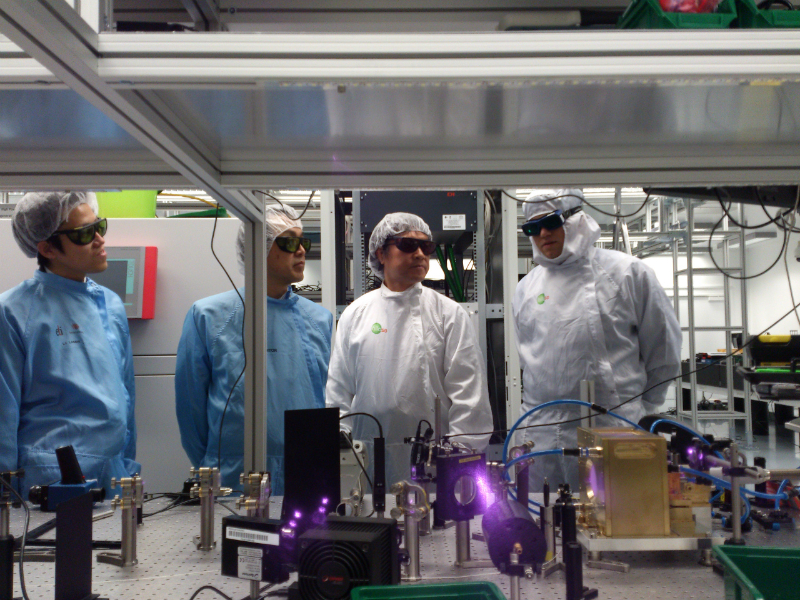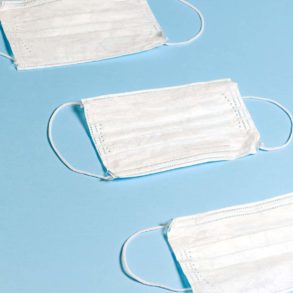The creation of periodical structures of a submicron size, or smaller than one-thousandth of millimetre, is of a crucial importance in selected branches. Photo: HiLASE laser centre
Prague, Nov 14 (CTK) – A research team from the Czech-based HiLASE laser centre has discovered a way of using laser to create regular structures on metal surface quickly and accurately, a method that can be effective in areas such as the aircraft industry, the experts have announced in a press release.
The team from HiLASE, a centre in Dolni Brezany near Prague, cooperated on the research with their Italian counterparts.
The creation of periodical structures of a submicron size, or smaller than one-thousandth of millimetre, is of a crucial importance in selected branches.
Such structures are indiscernable by eye, therefore they can be part of protective elements on securities.
Periodical micro- and macro-structures are also important in the aircraft industry where they prevent the freezing of water on planes’ wings. The problem is, however, how to create such structures on a large surface.
HiLASE experts have succeeded in using laser impulses to create regular, beforehand chosen structures on the surface of metals such as aluminium, titanium, copper, molybdenum, gold and steel.
“This effect will probably be usable for a large number of elements and materials, maybe even for all metals,” the scientists wrote.
The new method is much faster and accurate than the technologies applied so far, which considerably raises its chance of being introduced in practice, they wrote.
The research was initiated by scientists from Modena, Italy, who tested their own method with alternative successes, did not know why it worked with selected materials only, and asked HilASE for assistance.
Experts expect the new method to replace a part of the methods applied so far, such as dusting, chemical and plasmatic cautery and nano-imprinting, which are cost-intensive and extremely laborious to apply.
HiLASE, tasked to develop lasers of a new generation, was opened as an institute of the Czech Academy of Sciences’ Institute of Physics in 2014. Its establishment cost 850 million crowns, 85 percent of which were covered from EU funds.
($1=21.923 crowns)
rtj/dr/pv
Copyright 2017 by the Czech News Agency (ČTK). All rights reserved. Copying, dissemination or other publication of this article or parts thereof without the prior written consent of ČTK is expressly forbidden. Brno Daily is not responsible for its content.








